
Afghanistan Economic Outlook
April 2025
Afghanistan Economic Outlook, is a creative initiative of the Afghanistan Economic and Legal Studies Organization (AELSO) which reflects most important & the latest economic events that happened during a month in Afghanistan.
By reading this economic newsletter, that has designed in three languages (Pashto, Dari & English), you can get a wider overview of Afghanistan’s economic situation.
Afghanistan Exported Over 32,000 Tons of Figs in 1403
 Afghanistan’s fig exports saw a significant rise in the year 1403 (April 20, 2024 – March 19, 2025), with shipments valued at over $165 million sent to various countries.
Afghanistan’s fig exports saw a significant rise in the year 1403 (April 20, 2024 – March 19, 2025), with shipments valued at over $165 million sent to various countries.
According to the Ministry of Industry and Commerce, this marks a notable increase compared to the previous year, 1402.
The ministry reports that 32,814 metric tons of figs were exported in 1403 to countries including India, Pakistan, the United Arab Emirates, the United States, Oman, Qatar, the United Kingdom, Canada, and the Netherlands, generating over 165 million USD in export value.
Abdul Salam Jawad, spokesperson for the Ministry of Industry and Commerce, stated: “Fig exports in 1403 amounted to 32,814 tons, valued at over 165 million dollars, with the majority going to India, Pakistan, the UAE, the US, Oman, Qatar, the UK, Canada, and the Netherlands.”
However, the Chamber of Commerce and Investment and the Dry Fruit Exporters’ Union have highlighted key obstacles to expanding dried fruit exports—especially figs. These include banking limitations, visa issues, and the lack of standard processing facilities.
Mirzaman Popal, acting head of finance and administration at the Chamber of Commerce and Investment, told media: “There should be investment in fig processing and packaging within the country. We also call on international partners to support our traders and investors in the packaging sector.”
Khalid Rahmani, spokesperson for the Kabul Dry Fruit Exporters’ Union, said: “If business challenges such as lack of export facilities and visa delays are resolved, we can confidently say that exports of dried fruits, especially figs, will increase.”
Figs are considered one of Afghanistan’s key horticultural products and have recently become an important export commodity, shipped both fresh and dried to various global markets.
'Orange Blossom' Exhibition Launched in Nangarhar to Promote Local Products
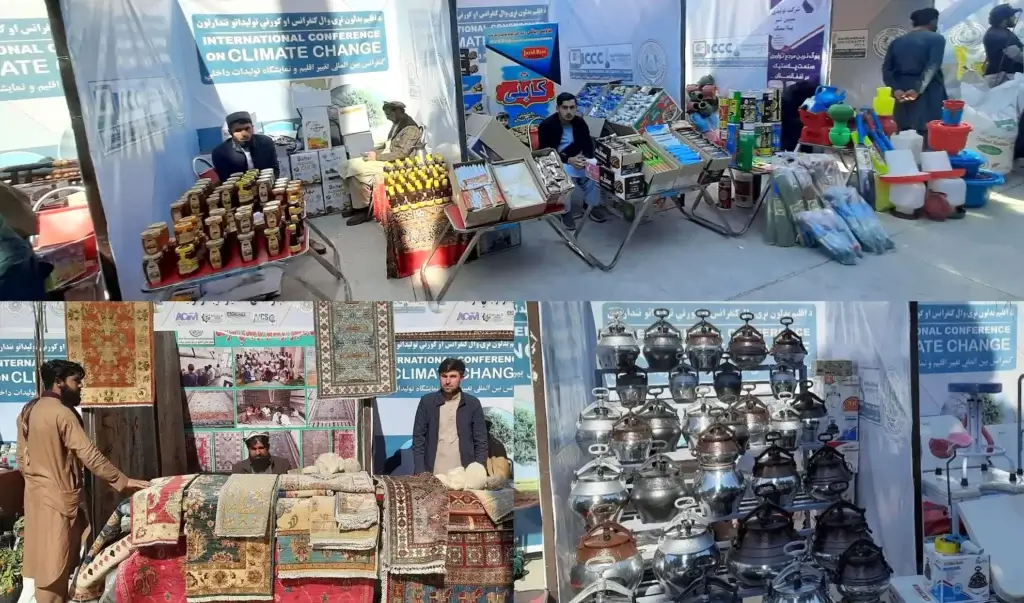 A three-day exhibition of domestic products titled “Orange Blossom” has been launched by a private company in the eastern province of Nangarhar.
A three-day exhibition of domestic products titled “Orange Blossom” has been launched by a private company in the eastern province of Nangarhar.
According to organizers, the exhibition, which features 160 booths, aims to market locally made goods.
Masood Haqmal, the organizer of the exhibition, said: “Industrialists and traders from various sectors have taken booths in this exhibition and are showcasing their products.”
Sayed Abdul Basir Pacha, the head of Nangarhar’s Industry and Commerce Department, said: “The goal of this exhibition is to help local products reach international markets.”
Meanwhile, several industrialists not only seek market access but also demand more facilities and support for domestic production.
Participants of the Orange Blossom exhibition said that organizing such events positively contributes to the growth of local industries.
Masiullah, an exhibitor at the event, told: “The government must do more to support entrepreneurs, such as stopping the import of low-quality medicines into the market.”
Abdul Rahman Jumazai, another exhibitor, said: “We have invested from our own pockets, but the banking system needs to be strengthened so that people can access loans.”
Local officials in Nangarhar have assured investors and industrialists that they will facilitate investment opportunities in the province.
Azizullah Mustafa, the deputy governor of Nangarhar, stated: “We have assured and will continue to assure traders that we are cooperating with them in every area so they can invest in the country and contribute to its development.”
This comes as similar exhibitions have recently been held in various provinces to promote domestic products, with a positive impact reported.
China Pledges to Start Trade Via Wakhan With Completion
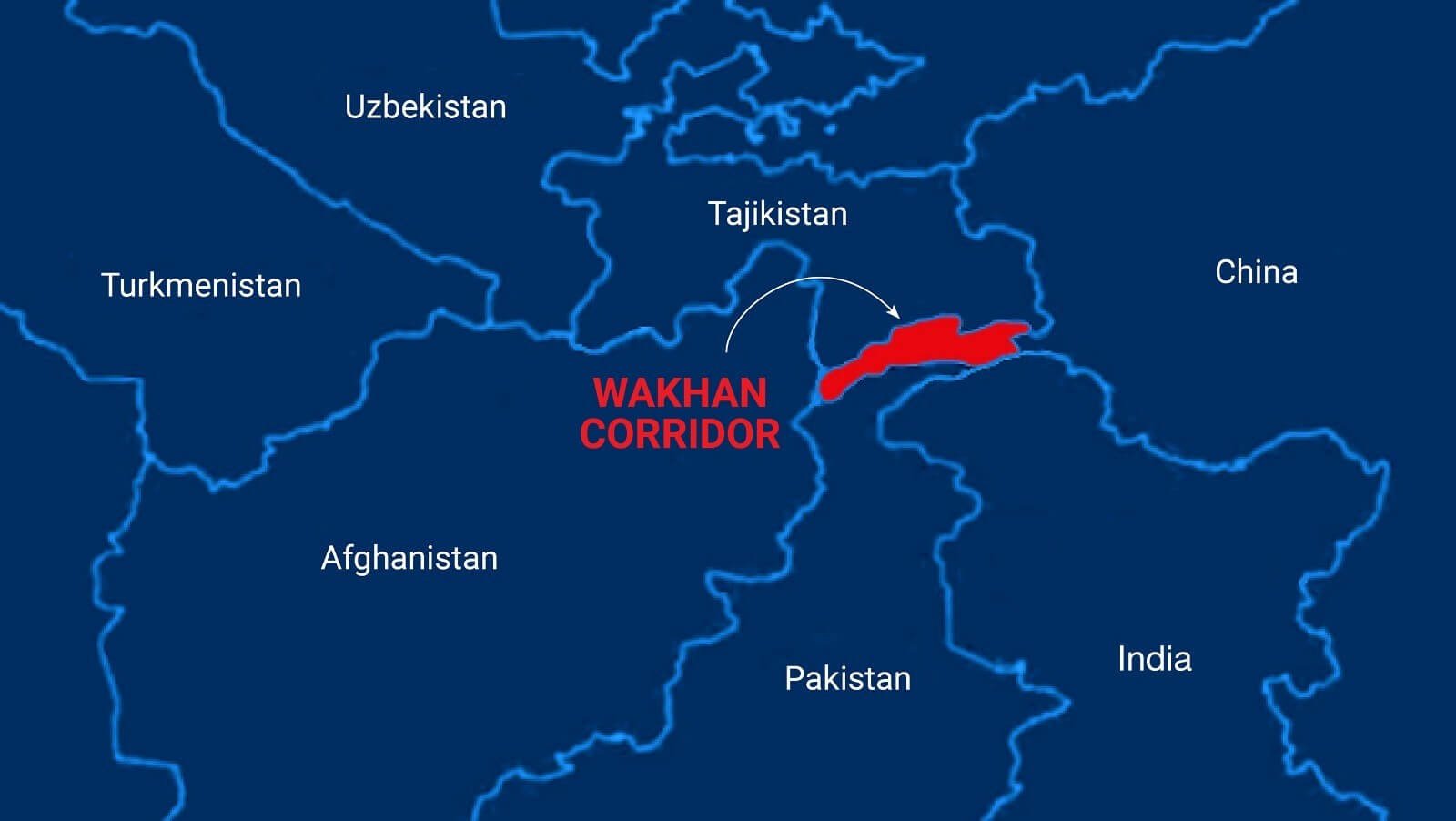 Local officials in Badakhshan said that Chinese authorities have assured them that the country will open its trade route with Afghanistan once the construction of the Wakhan road is completed.
Local officials in Badakhshan said that Chinese authorities have assured them that the country will open its trade route with Afghanistan once the construction of the Wakhan road is completed.
According to Badakhshan local officials, the second phase of the Wakhan road project with China will be completed within the next two months, and at the same time, China will begin its trade activities with Afghanistan.
Mohammad Ayoub Khalid, the governor of Badakhshan, stated, “We have reached the Chinese border, where the barbed wire is located. The road has been connected, and work on its development is ongoing. It will soon be operational.”
Khan Mohammad, head of the governor’s office in Badakhshan, said, “Work on the road construction and other facilities is ongoing, and we hope that it would be ready for use in a short time. The Chinese ambassador has fully assured us that the trade route will be opened and the road will be operational.”
The reopening and commencement of activities through the Wakhan Corridor will have a positive impact on the country’s economic and trade processes.
Saleh Mohammad Alokozai, an Afghan businessman in China, discussed the importance of this road, saying, “This route could affect prices in Afghanistan’s markets, and it is a short and efficient route for exporting fresh and dried fruits from Afghanistan.”
According to officials in the de facto govermnet, the connection with China through the Wakhan Corridor will significantly enhance the country’s trade and economic activities. They added that the construction of trade and security infrastructure at the border with China is also nearing completion.
Investors Propose $12M Industrial Park in Deh Sabz
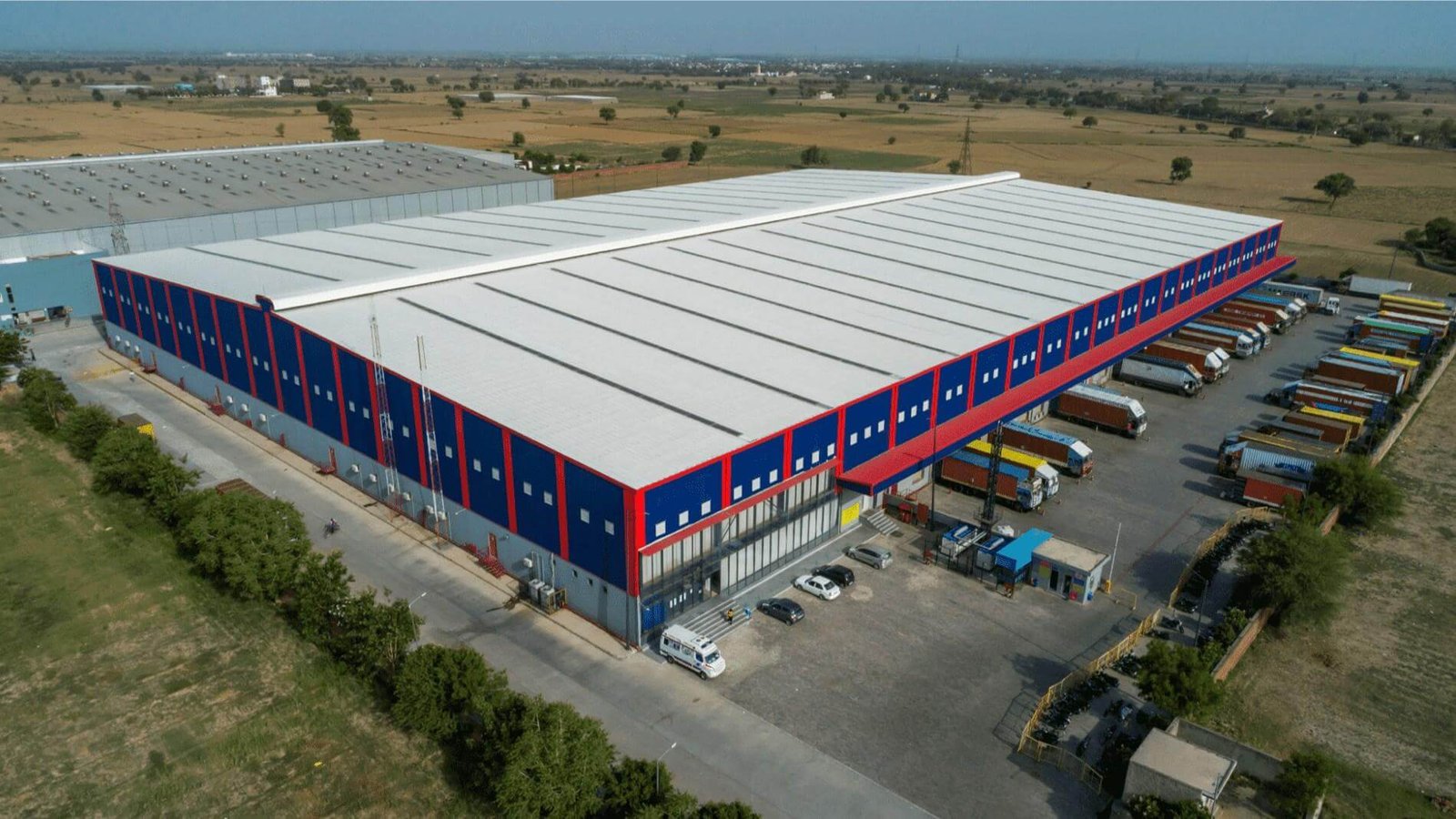 A number of Afghan investors have presented a $12 million investment plan to the Ministry of Industry and Commerce for the establishment of industrial parks in Deh Sabz district of Kabul.
A number of Afghan investors have presented a $12 million investment plan to the Ministry of Industry and Commerce for the establishment of industrial parks in Deh Sabz district of Kabul.
These investors, during a meeting with Nooruddin Azizi, the acting minister, emphasized that the activation of industrial parks by the private sector will not only provide job opportunities for hundreds of industrial workers but also create employment for thousands of others.
The ministry’s spokesperson, Abdul Salam Jawad, said that Azizi, while welcoming the proposal, requested the investors to share their proposal with the ministry so the technical team could begin planning its implementation.
Jawad stated: “The individuals in question have shared their investment plan for establishing a private industrial park worth $12 million over an area of 1,000 acres in Deh Sabz district of Kabul with the ministry leadership and stressed that the activation of this park will enable hundreds of industrialists to operate and create jobs for thousands.”
Meanwhile, officials in the private sector said investing in the establishment of industrial parks that meet global standards will be influential in the development of domestic production and job creation for citizens in the country.
Mir Zaman Popal, acting head of finance and administration of the chamber of commerce and investment, said: “The government must provide facilities such as electricity, sewage systems, and land in industrial parks, while investors are responsible for making significant investments in various sectors in accordance with international standards.”
Abdul Jabbar Safi, the head of the Afghanistan industrialists’ Association, said: “We are making a joint investment that will amount to $12 million. This industrial township will be built on 1,000 acres of land, and its roads and sidewalks will meet international standards.”
This comes after the leader of the de facto government issued an order to allocate land in all provinces for the establishment of industrial parks aimed at economic development and industrial growth in Afghanistan. Relevant institutions are currently working on implementing this directive.
Gold Price Surges in Afghanistan Amid Global Trade Tensions
 Amid escalating trade tensions between China and the United States, the price of gold has seen a significant increase both in global markets and in Afghanistan.
Amid escalating trade tensions between China and the United States, the price of gold has seen a significant increase both in global markets and in Afghanistan.
Several residents of Kabul, who were purchasing gold for celebratory events, said that due to economic hardships, they can no longer afford to buy gold.
They express hope that gold prices will drop in the country’s markets.
Mohammad Kabir, a Kabul resident, told: “I came to the market yesterday because we have a wedding and needed gold. Compared to a few days ago, prices have risen sharply. My financial situation, and that of the people is weak, and buying gold has become very difficult.”
Faisal, another Kabul resident, said: “Gold has become more expensive, and people cannot afford to buy it. I hope prices will drop so that people can afford purchases.”
Gold sellers also report a decline in sales due to the rising prices in Afghanistan’s markets.
“There are general problems. Previously, customers would come, and if they wanted a locket, it would cost around 200,000 afghani, but today, 200,000 afghani is worth much less. That’s why our sales have dropped,” said Hashmatullah, a gold seller in Kabul.
The Kabul Goldsmiths’ Union attributes the rise in gold prices to various political and economic factors globally, including the economic tensions between China and the US.
They say that the price of gold has increased by $50 per gram compared to last year.
Mohammad Bashir Ehsanzada, head of the Kabul Goldsmiths’ Union, told: “The only solution is for political tensions in the region and the world to end. Recently increased tariffs have also had an impact. When the world becomes stable, gold prices will decrease. Right now, everyone is turning to gold trading because gold remains stable while physical currency has lost its value.”
According to information from the Kabul Goldsmiths’ Union, currently, 18-karat gold is sold at 6,300 Afghanis per gram, 21-karat gold at 7,300 Afghanis per gram in Kabul markets, and on the global market, one gram of gold has reached 107 U.S. dollars.
Afghanistan, Kazakhstan Strengthen Trade Ties at 3rd Joint Forum in Kabul
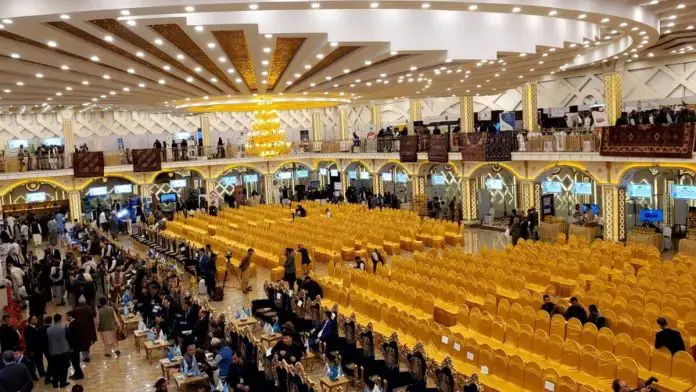 The third Afghanistan-Kazakhstan trade forum concluded in Kabul with a joint exhibition showcasing products from both countries.
The third Afghanistan-Kazakhstan trade forum concluded in Kabul with a joint exhibition showcasing products from both countries.
Kazakhstani participants viewed this event as a significant opportunity for marketing and expanding commercial relations.
A Kazakhstani participant stated: “This is an excellent exhibition that will help boost trade between Kazakhstan and Afghanistan. I really like it—this is my first time in Kabul, an amazing place with unmatched hospitality.”
Another Kazakhstani participant said: “I am very happy to be present at this exhibition. It’s a beautiful venue; we found more partners here and 20 companies from Kazakhstan are participating. We found good markets in Afghanistan.”
Meanwhile, Nooruddin Azizi, acting minister of industry and commerce, said that during B2B meetings at the forum, agreements worth $140 million were signed between the private sectors of the two countries.
Nooruddin Azizi added: “There are 17 trade agreements worth around $140 million.”
Waseem Safi, head of Chamber of Agriculture and Livestock: “This time, Kazakhstan brought mainly food products such as oil and essential goods to the exhibition because we lack these items. They had conducted studies to identify what Afghanistan lacks and brought those goods.”
Abdul Nasir Rashtia, economic analyst: “Having strategic economic relations with all regional countries, especially neighboring ones, is of particular importance because Afghanistan can import or export goods on time and at lower costs from neighbors compared to distant countries.”
According to statistics, the trade volume between Kabul and Astana reached $545 million in 2024, and the two countries have pledged to increase this figure to $3 billion in the coming years.
Afghanistan-India trade volume totalled $890 million in last solar year
 Afghanistan’s trade with India continued to grow through solar year 1403, with Afghan exports accounting for a significant percentage of the total $890 million.
Afghanistan’s trade with India continued to grow through solar year 1403, with Afghan exports accounting for a significant percentage of the total $890 million.
According to Abdul Salam Jawad, the spokesman for Afghanistan’s Ministry of Commerce and Industry, Afghanistan’s exports to India amounted to $627 million.
Imports were however considerably less, totalling $263 million.
Jawad stated that Afghanistan’s exports were primarily agricultural and herbal products.
The main items included dried figs, asafetida, asafetida seeds, saffron, raisins, cumin, and almonds.
India remains one of Afghanistan’s key regional trade partners, and trade figures highlight the ongoing demand for Afghan goods despite broader geopolitical and logistical challenges.
However, Afghanistan’s trade with India through Pakistan has been halted due to closure of the Attari-Wagah border this week.
Indian media reported that the border, which is the only land route allowed for trade, is now closed.
This route is vital for importing goods from Afghanistan to India, and if it is stopped, trade with Afghanistan will be severely affected.
Some traders have said they will seek alternate routes.
India closed its border crossing this week after gunmen shot and killed at least 26 tourists on Tuesday at a resort in Indian-controlled Kashmir.
Police blamed Pakistani militants for the attack.
Plans Underway to Send Afghan Workers Abroad Amid Rising Unemployment
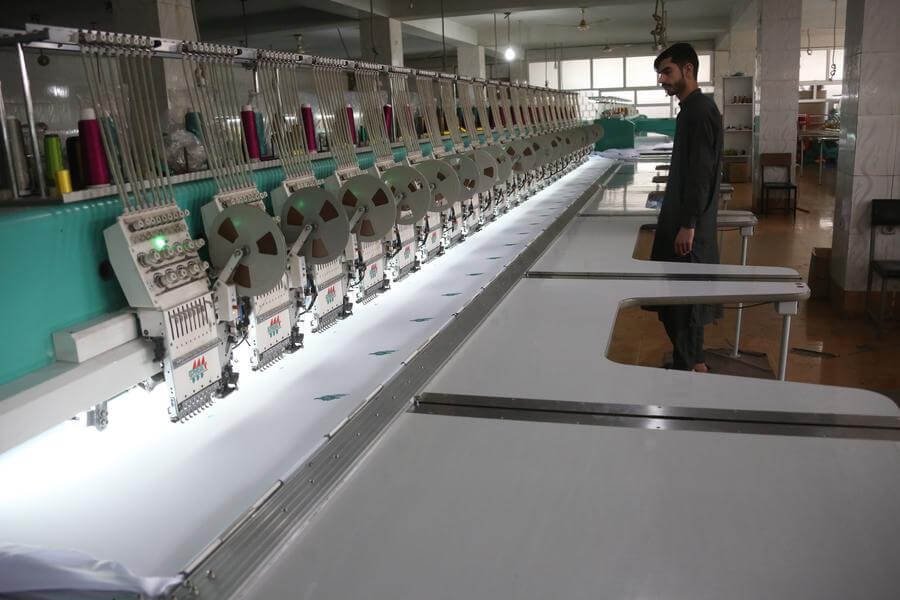 Abdul Mateen Maulawizada, the head of Afghanistan’s National Workers’ Union, stated that currently, due to the sharp rise in unemployment, about 1.5 million workers in the country are without jobs.
Abdul Mateen Maulawizada, the head of Afghanistan’s National Workers’ Union, stated that currently, due to the sharp rise in unemployment, about 1.5 million workers in the country are without jobs.
In an effort to reduce unemployment, agreements will be made with several countries to send Afghan workers abroad, and measures will be taken to facilitate the issuance of work visas, he said.
Maulawizada described the rise in unemployment as a serious challenge and said that joint efforts have begun with the Ministry of Labor and Social Affairs and the International Labor Organization (ILO) to increase Afghan workers’ participation in the private sector and to create facilities for issuing work visas.
The head of the National Workers’ Union said: “A program will be developed based on the needs of countries requiring workers. Workers’ skills will be assessed, and they will be sent accordingly.”
He further mentioned that negotiations are nearing finalization with countries such as Qatar, the United Arab Emirates, and Russia. Under these agreements, a large number of skilled and professional Afghan workers are expected to be sent abroad in the near future.
Mullahwizada added: “Currently, workers travel to some countries under very harsh conditions. Instead, an official process should be established where they are provided with work visas, allowing them to travel legally.”
Meanwhile, several workers have called on the caretaker government to create employment opportunities inside the country.
Mohammad Jan, a worker from Ghazni, told media: “We have been waiting along the roadside for almost two months hoping for work. Around 200 workers gather here daily, but there is no work, and they barely earn 100 afghani per day.”
Noroz Ali, another worker from Ghazni, said: “Currently, there are no projects or active institutions. The few agricultural jobs available offer very low income. There are no sustainable opportunities that could improve people’s livelihoods.”
Previously, the Ministry of Labor and Social Affairs announced that to address unemployment, countries like Qatar had facilitated legal pathways for Afghan workers. Once the draft agreements are approved, many Afghan workers will have the opportunity to work abroad.
The Ministry also reported that last year, over 114,000 work permits were issued to Afghans and foreigners.
Recent Afghanistan Economic Outlook
Join to our Newsletter
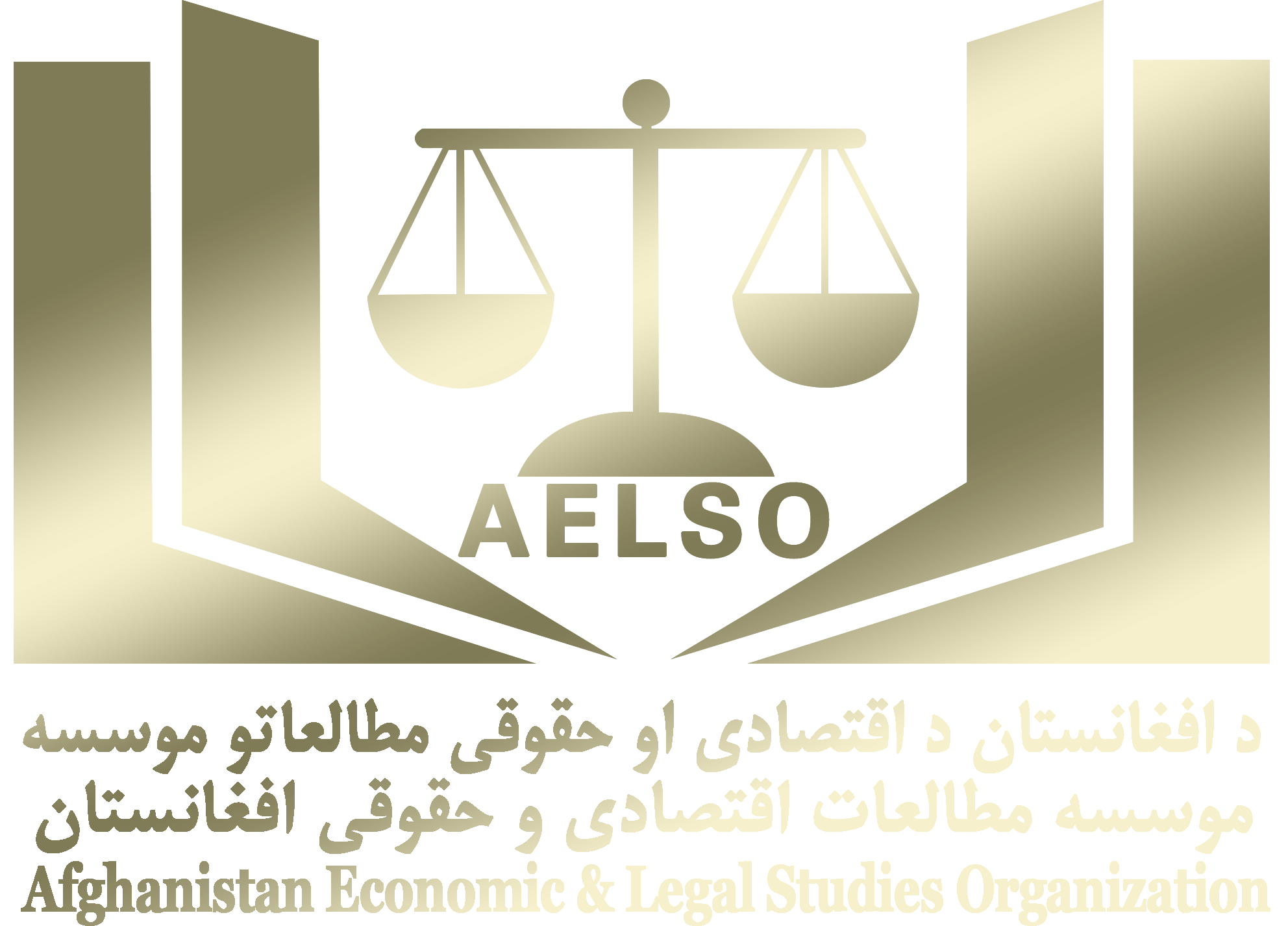
Advancing the Ideas for a Peaceful and Prosperous Afghanistan
© 2025 Copyright Afghanistan Economic & Legal Studies Organization.